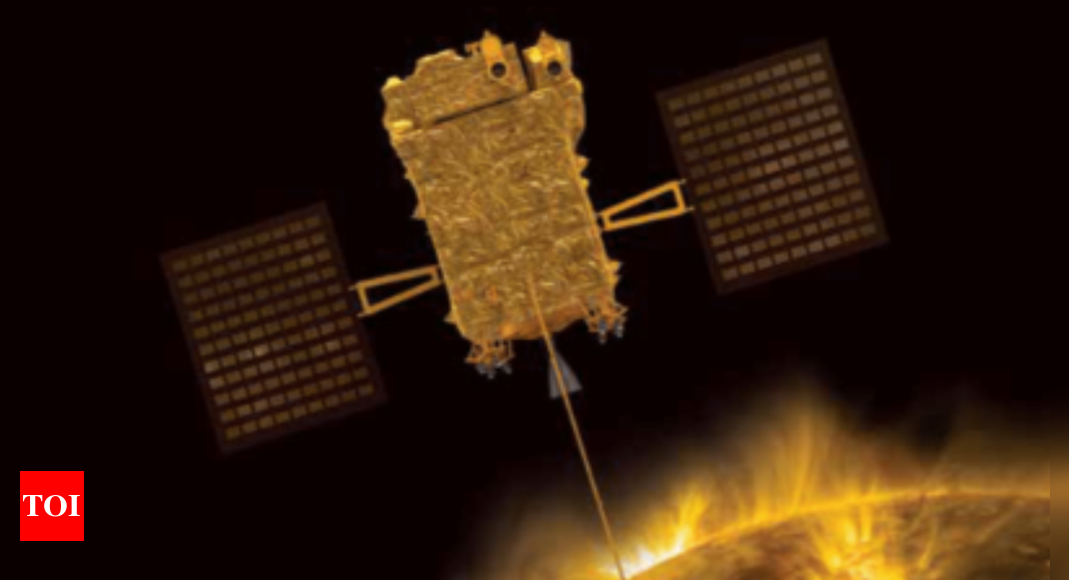The mission is scheduled to be launched on September 2 at 11.50 am from Sriharikota in Andhra Pradesh.
Isro on Wednesday confirmed that it had successfully performed the launch rehearsal of its upcoming mission as well as completed the rocket’s internal checks.
03:02
ISRO’s much-anticipated mission ‘Aditya-L1’ to be launched on Sep 2 from Sriharikota
Here is what Isro plans to achieve with its first solar mission –
- Study of Solar upper atmospheric (chromosphere and corona) dynamics.
- Study of chromospheric and coronal heating, physics of the partially ionized plasma, initiation of the coronal mass ejections, and flares.
- Observe the in-situ particle and plasma environment providing data for the study of particle dynamics from the Sun.
- Designed for providing remote observations of the solar corona of the solar wind at L1 (Sun-Earth Lagrangian point), which is about 1.5 million kilometres from the earth.
- Physics of solar corona and its heating mechanism.
- Diagnostics of the coronal and coronal loops plasma: Temperature, velocity and density.
- Development, dynamics and origin of CMEs.
- Identify the sequence of processes that occur at multiple layers (chromosphere, base and extended corona) which eventually leads to solar eruptive events.
- Magnetic field topology and magnetic field measurements in the solar corona. .
- Drivers for space weather (origin, composition and dynamics of solar wind.
The spacecraft would be launched by PSLV-C57 rocket.
The Aditya-L1 mission aims at studying the Sun from an orbit around the L1. It will carry seven payloads to observe the photosphere, chromosphere and the outermost layers of the Sun, the corona, in different wavebands.

03:00
“Aditya L-1 mission will take 100-120 days to reach point,” says Director of Indian Institute of Astrophysics
Aditya-L1 is a fully indigenous effort with the participation of national institutions.
It can provide observations on the corona, and on the solar Chromosphere using the UV payload and on the flares using the X-ray payloads. The particle detectors and the magnetometer payload can provide information on charged particles and the magnetic field reaching the halo orbit around L1.
(With inputs from agencies)

